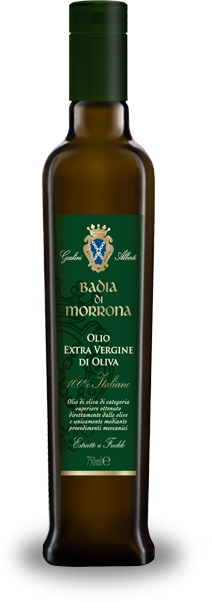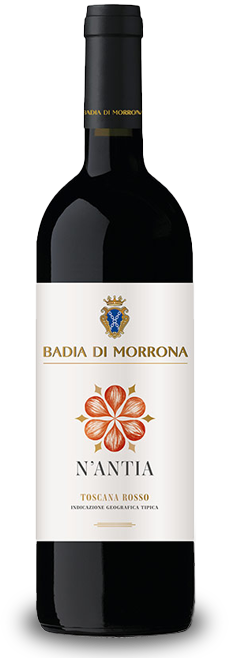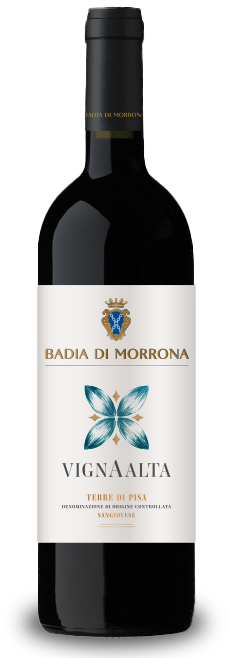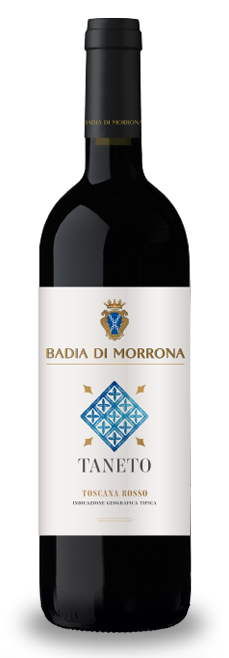Wine Club
Three Estate Icons
N’Antia is a Bordeaux blend born in 1992, a milestone date in the history of the estate. Produced every year in some 8,000 bottles, N’Antia was the result of Duccio Gaslini Alberti’s desire that this area would offer a self-expression in the “language of Bordeaux,” namely through Cabernet Sauvignon, Cabernet Franc, and Merlot. Vinification methods have evolved over the years, and today the “recipe” for making N’Antia specifies fermentation in steel, maturation for 15 months in 225l French oak barrels, additional time in concrete vats, and finally 10 months’ bottle-aging.This process brings to the fore the wine’s body and intensity, particular gifts of the vineyard’s clay and travertine terroir.In 2004, IGT Taneto joined the pair and made a trio. Syrah plays the major part in this blend, of which approx. 20,000 bottles are made annually, with Sangiovese and Merlot in supporting roles. The grapes are grown in the estate’s most fossil-rich vineyard parcels (including the Vigna Disperato), which contributes to the wine’s one-of-a-kind minerality and spicy character.Following fermentation in steel, the wine rests 12 months in oak barrels, with only the small amount Sangiovese in 25hl French oak ovals. The final blend spends a brief period in concrete vats, then a final 10 months in the bottle.
BADIA DI MORRONA CHIANTIS
I Sodi del Paretaio and I Sodi del Paretaio Riserva represent a lateral overview of the estate vineyards, and for this reason they are considered the winery’s standard-bearers. Produced in more than substantial annual editions, they perfectly embody the concepts of pleasure and accessibility.In the annata, or standard version, Sangiovese (85%) is complemented by Cabernet Sauvignon, Merlot, and Syrah; the blend ferments in steel, then matures 10 months in concrete vats. The all-Sangiovese Riserva spends 18 months in 44hl French oak ovals and a brief period in concrete vats, and the result is a Chianti boasting ripe, glossy tannins.
Floral Styles
Badia di Morrona’s seductively expressive whites and rosé are very fittingly represented by the image of a flower, certainly appropriate for their remarkably floral aromatics, so much so that the front labels are adorned with gorgeous floral tiles from the private collection of the Gaslini Alberti family
These two floral standouts are: Felciaio, a full-flavoured pure Vermentino Toscano and Vivaja, a delicately fruity Sangiovese rosé.
The crisp aromatics of each wine are on generous display, thanks to their fermentation in steel.
These two floral standouts are: Felciaio, a full-flavoured pure Vermentino Toscano and Vivaja, a delicately fruity Sangiovese rosé.
The crisp aromatics of each wine are on generous display, thanks to their fermentation in steel.
Sweet Wines and Distilled Spirit
In Tuscany, a winery’s portfolio cannot be complete without a Vin Santo and a Grappa. In accord with tradition, the estate’s Vin Santo is a cuvée of Trebbiano, Malvasia, and Colombana; it is produced by allowing the clusters to naturally dry on reed trays, and the must then rests for a minimum of 4 years in 110l wooden casks.The amber-hued Grappa, dedicated to I Sodi del Paretaio, is distilled from freshly-pressed grape pomace in very limited quantities.
Badia di Morrona Olive Oil
Badia di Morrona produces a highly-regarded extra-virgin olive oil as well. The estate has its own cutting-edge press house that produces the oil from estate-grown classic Tuscan olive cultivars, Frantoio, Moraiolo, and Leccino.They are hand-picked in the groves around the Badia then quickly brought to the press house for cold-pressing; the fresh oil is then stored under nitrogen to preserve all its qualities. The result is a full bodied, lightly pungent olive oil with very low levels of acidity.
The Gaslini Alberti family makes their press house available to other olive oil producers in the area as well, to both individuals and to farms, since they want to contribute in a significant way to improving the overall quality of the local oil, which, like wine, is important for the fine reputation of the Terre di Pisa growing area.










